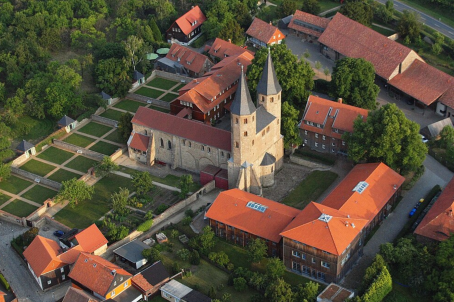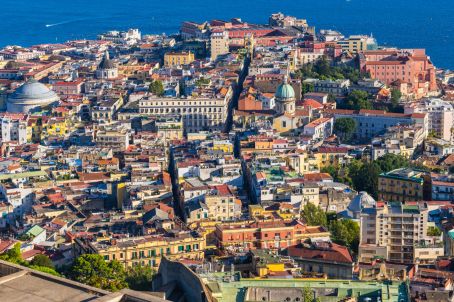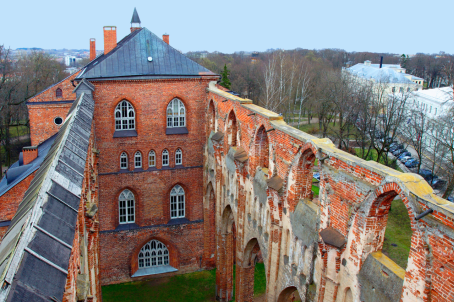Heilige Jacobus de Meerdere / Parkstraatkerk
s-Gravenhage, NL
Roman Catholic Church of St. James the Greater built in 1875-1878 to a design by Pierre Cuypers (1827 - 1921) in neo-Gothic style; wrought iron gate with ornamental lanterns on Parkstraat.






